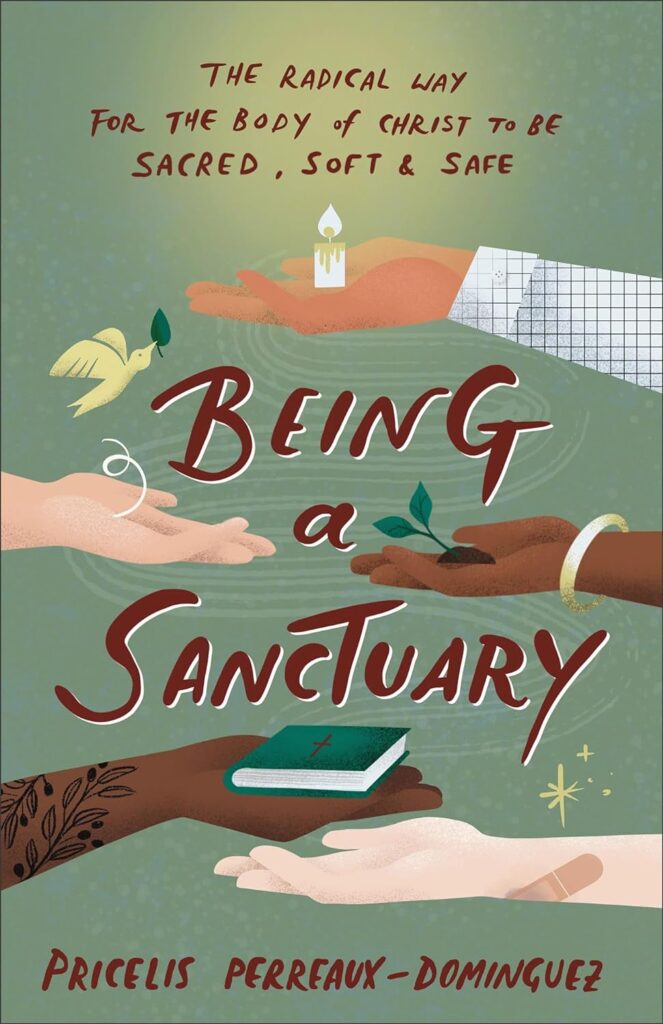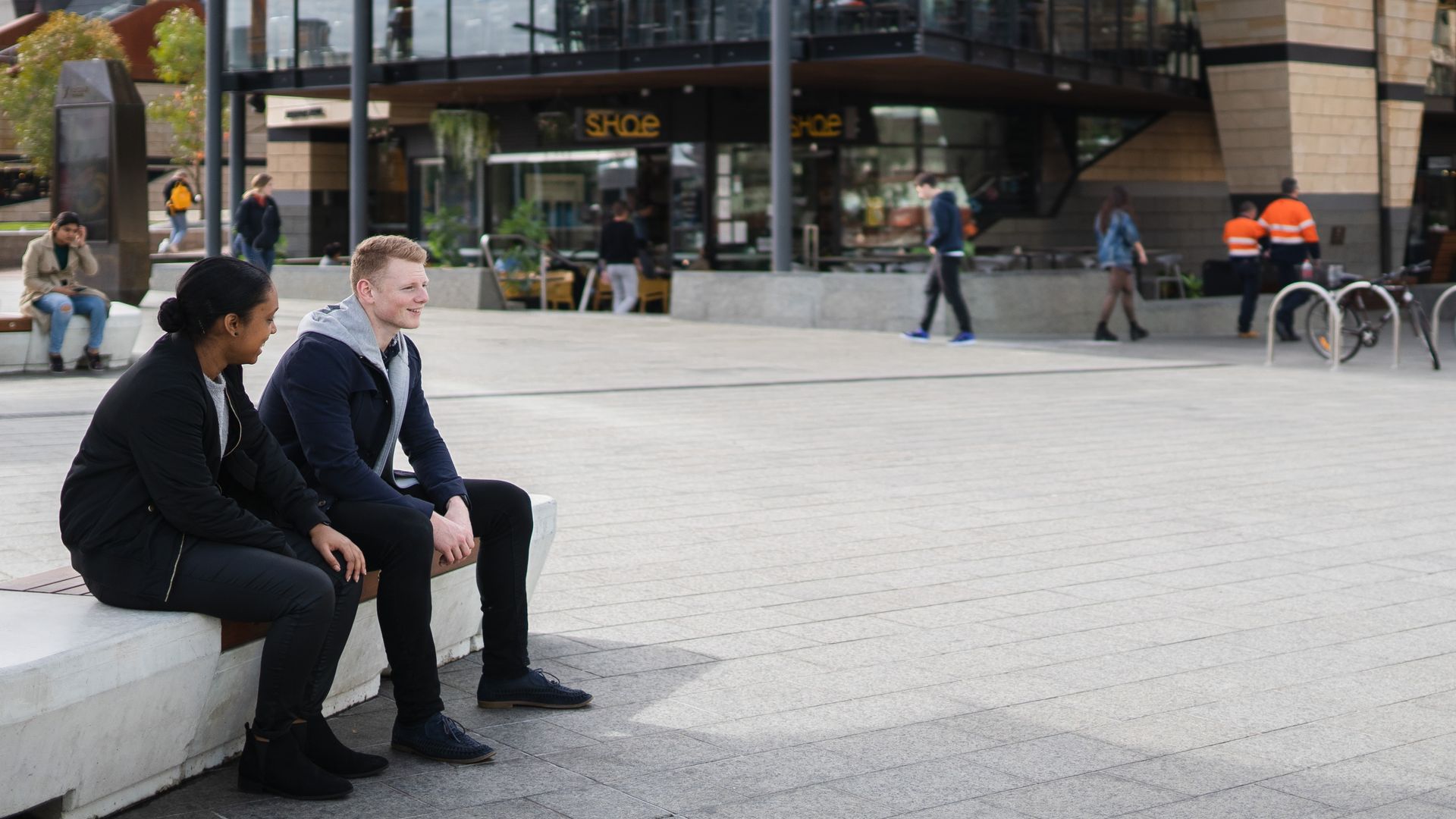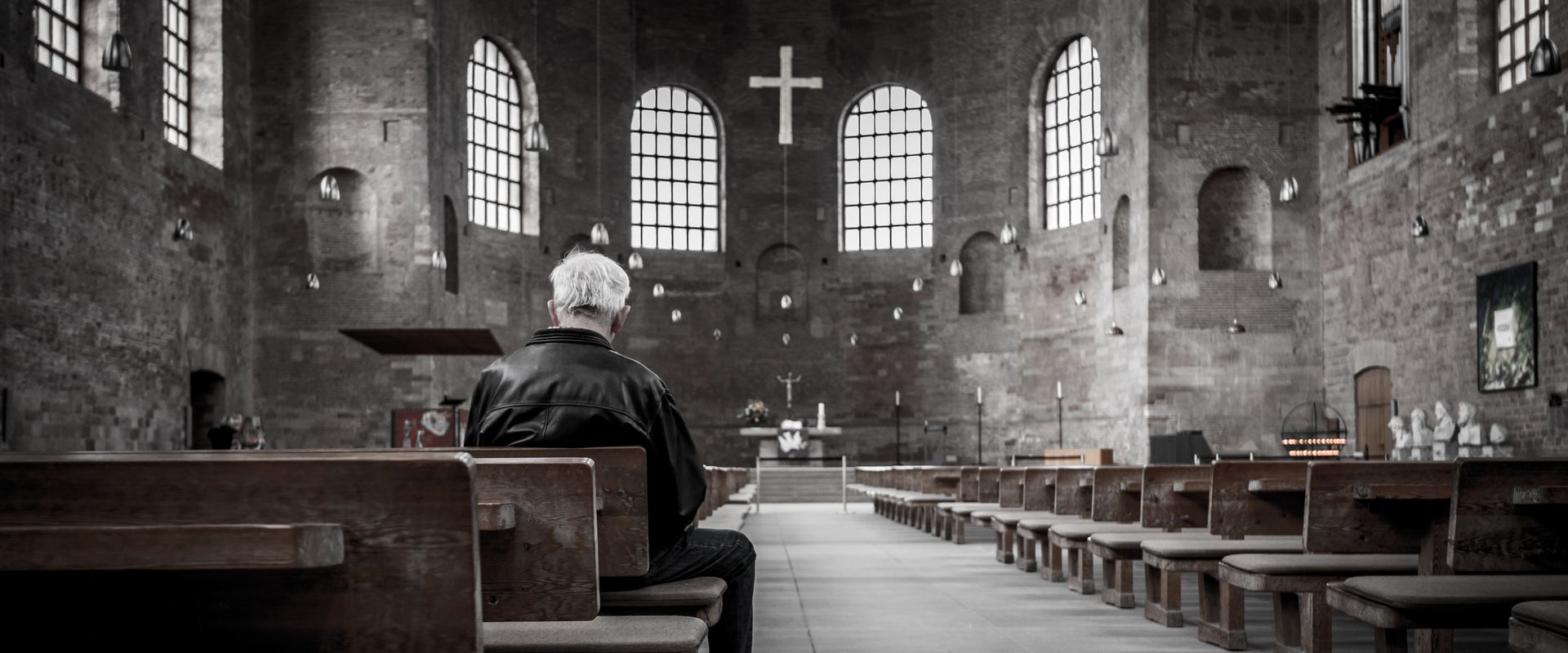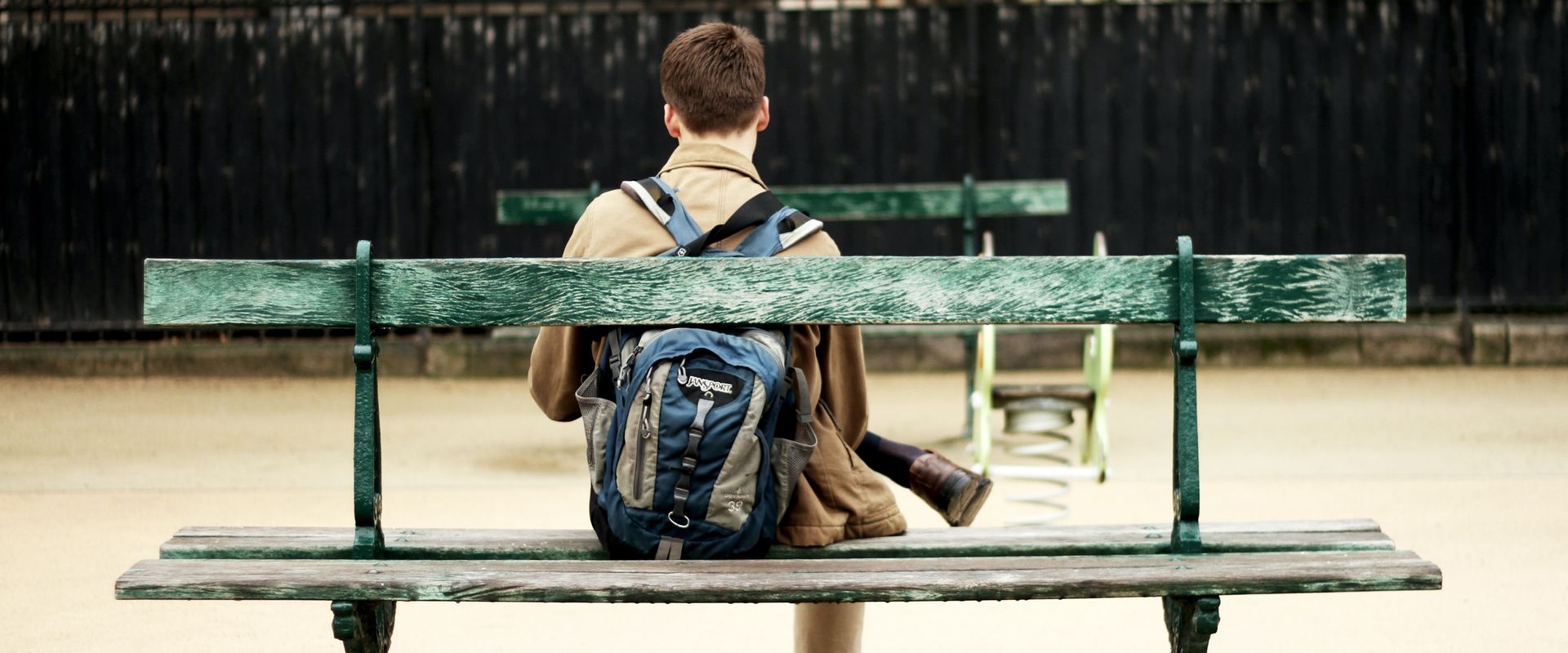“It’s no secret that the Body of Christ is in a crisis.”
So begins Being a Sanctuary, a new book by Pricelis Perreaux-Dominguez. One might guess that the pages to follow would read critically or, as the author herself puts it, “see only the bad.” Instead, Perreaux-Dominguez offers an invitation, encapsulated in the book’s title.
Drawing upon her own experiences in unhealthy churches, her theological education, and the riches of the Christian story, Perreaux-Dominguez gently yet emphatically highlights opportunities for repentance within the body of Christ. She considers how injustice, the quest for uniformity over unity, and abuse have harmed both those within the church and those who watch from the outside.
Perreaux-Dominguez spoke with Common Good about how believers can cultivate their love for the truth and what it looks like to become a sanctuary for those who love Jesus and for those yet to know him.
What are some of the reasons that people resist considering how the church has caused harm?
It’s uncomfortable, and it requires action. It requires repentance and renewed thinking. It requires accountability and responsibility. It requires to see beyond just you and your story as an individual but to acknowledge that you belong to a collective movement, the body of Christ. As long as we see this as a problem with ‘those people over there,’ we will not heal from this.
How can Christians take an honest look at weaknesses in the church?
First, they should look at the church like they look at themselves and anyone else: with dignity and grace. We place an expectation on the church that we wouldn’t put on ourselves. The church is not a place, but a people. And people have weaknesses.
People sin. People fall short. But people are also encouraging and loving and beautiful.
When looking at the church’s weaknesses, we should be sure not to magnify those, because it’ll make it harder to see the good in the body of Christ. But we should also make efforts to not minimize where the church falls short — because then we’ll ignore it. Balance is key.
What does it look like to pursue unity over uniformity?
Repentance.
The Christian faith in America has a long history of uniformity, even since this country was colonized. Uniformity perpetuates and, in some ways, causes racism, sexism, ableism, classism, ageism. It also causes marginalization, oppression, othering, and forced assimilation. And none of that belongs in the kingdom of God.
Pursuing unity looks like living out these three verses:
Romans 12:4–5
For as in one body we have many members, and the members do not all have the same function, so we, though many, are one body in Christ, and individually members one of another.Romans 14:1
So then let us pursue what makes for peace and for mutual upbuilding.Genesis 1:27
So God created mankind in his own image, in the image of God he created them; male and female he created them.
Unity looks like remembering we were made uniquely, as his image bearers (not the image bearers of other Christians), and were formed to belong to one body. All parts of the body are different but are unified.
What does it mean for the church to be sacred, soft, and safe?
To be sacred (Bible-based), soft (trauma-informed), and safe (justice-centered) is simply to be like Jesus in our thinking and living. That, then, leads us to be sanctuaries for how others (both in the church and the world) experience us — as true representatives of Jesus, as the body of Christ.
What would you like pastors or ministry leaders to know about the importance of understanding trauma?
That they get to pursue education around it. Although most of us have trauma, most of us don’t know how to address it, heal from it, or help ourselves through it — and if we can’t do it, then we surely can’t help others.
God has gifted so many people with callings and assignments to create resources for this. We get to have the Bible be our primary resource while being humble enough to learn from the work and research others have done that enable us to do our jobs as shepherds well. As a ministry leader, that looks like searching for training, research, and resources on trauma — especially trauma related to your church’s community and to the experiences you know people in your church have had.
Trauma is not a monolith and shouldn’t be treated as such.
How might Christians take a first step toward advocating for the hurting?
By listening.
I remember when we first left a church because of spiritual abuse, many people we know just said they were sad that we left, but most didn’t actually ask why we left, what we felt, or what happened. That is not the way of Christ. That’s the way of passivity and a way to avoid discomfort.
We need to be willing to be uncomfortable and just listen to people’s stories. Not in a way to consume their trauma and to spread gossip but with the motivation of wanting to support them, however that may look for them in that season.
This interview has been edited for clarity. Being a Sanctuary: The Radical Way for the Body of Christ to Be Sacred, Soft, and Safe is available from Brazos Press.






